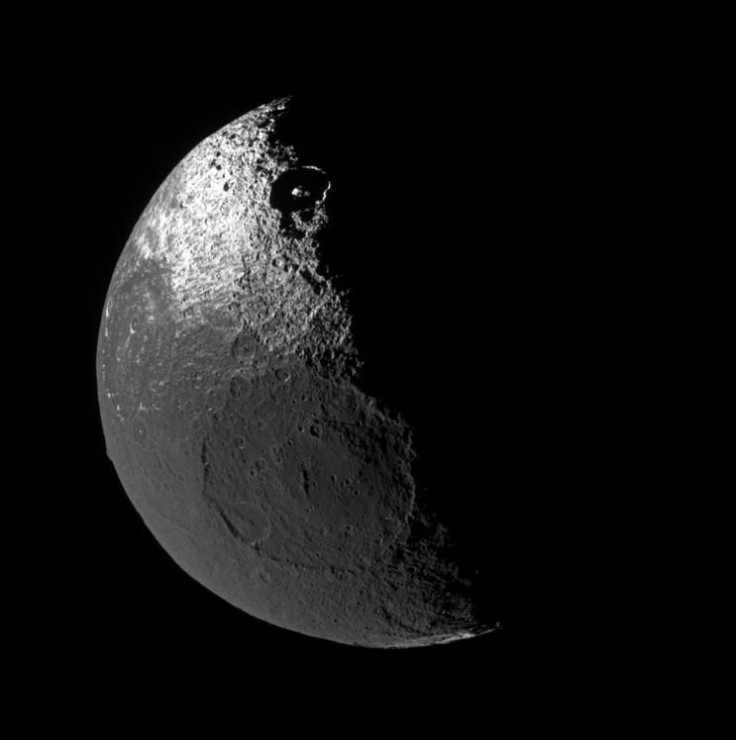Elon Musk Admits SpaceX’s Moon Base Refueling Station Could Fail

Elon Musk admitted that SpaceX’s plans of establishing a human base on the Moon could fail and affect the company’s spaceflight programs. According to Musk, the Moon may not have enough resources to serve as a refueling station for SpaceX’s Starship spacecraft.
Recently, SpaceX unveiled the details of Starship, which will serve as the company’s reusable spacecraft that will provide commercial spaceflights to the Moon and Mars. For its future launches, Musk wants to cut down the spacecraft’s overall weight and cost by filling it up with just enough fuel to reach the Moon.
For this to work, Musk plans on establishing a crewed base on the Moon that will serve as a refueling station for Starship. According to the tech mogul, the station will develop propellant on the Moon by using locally available carbon dioxide and water.
With an established Moon base, Starship will then be able to obtain enough fuel for a return trip to Earth or to launch to another deep space destination such as Mars. Unfortunately, Musk recently admitted that the Moon may not have enough carbon dioxide to fully support a lunar refueling station primarily because it does not have an atmosphere.
“Big challenge for Starship refueling on the Moon is finding sources of carbon,” he stated. “Probably some pretty big deposits in craters from meteorites. Same goes for hydrogen and oxygen, also in shadowed craters.”
Aside from the possible lack of resources, another factor that SpaceX should consider regarding its plan for a Moon base is the actual process involved in establishing a facility on the lunar surface.
According to planetary physicist Phil Metzger of the University of Central Florida, setting up a facility on Earth that can mine its natural resources is already a very challenging task, which means doing it in space would be even harder.
“Here on the Earth, to set up a mine, it can take 20 years — and that’s on the Earth,” he told The Verge. “So when you talk about setting up a mine on the Moon, it’s harder, especially because we have less understanding of the resource, and we have zero experience in doing mining operations in that environment.”
© Copyright IBTimes 2025. All rights reserved.





















